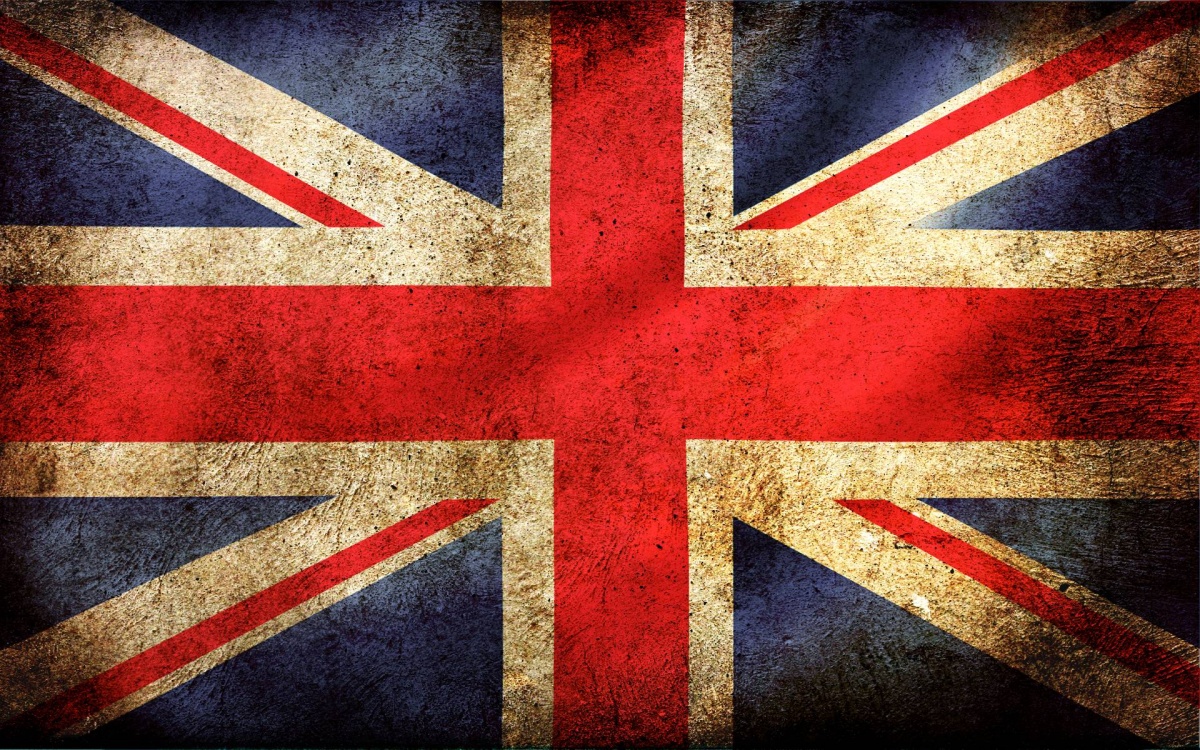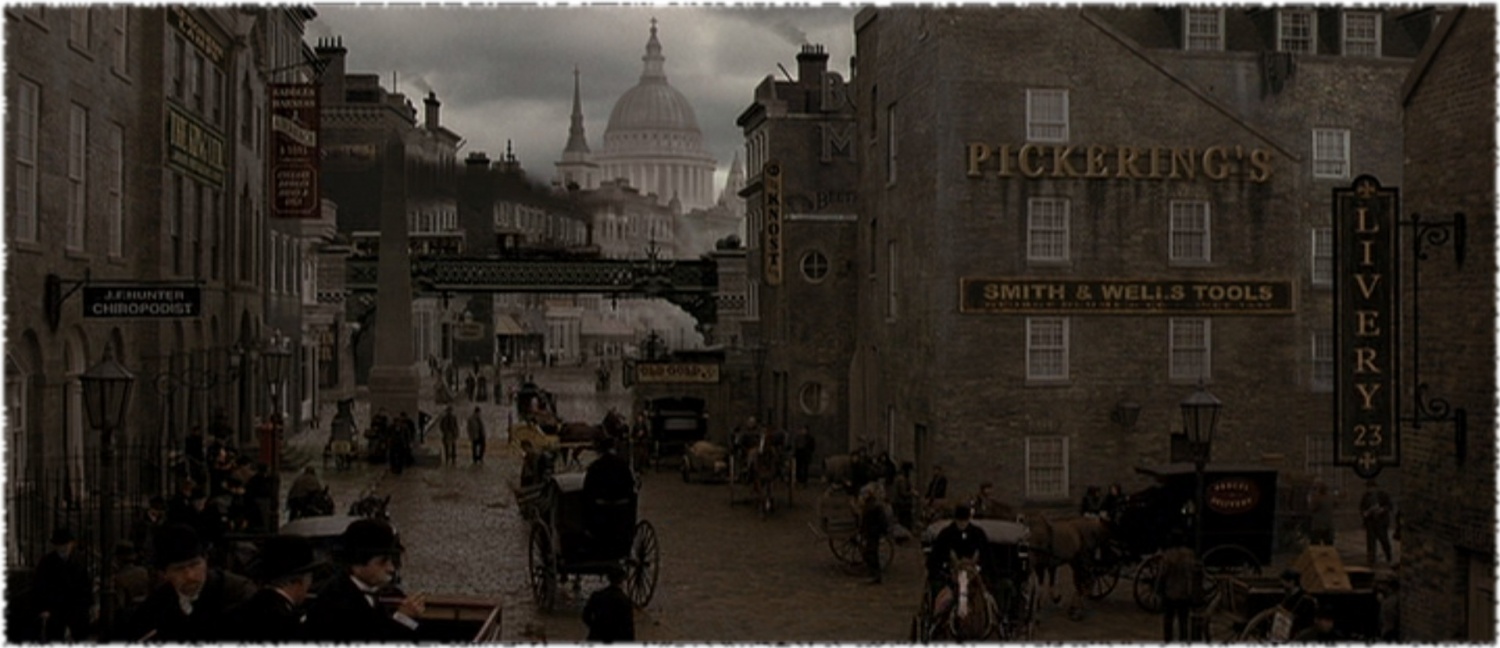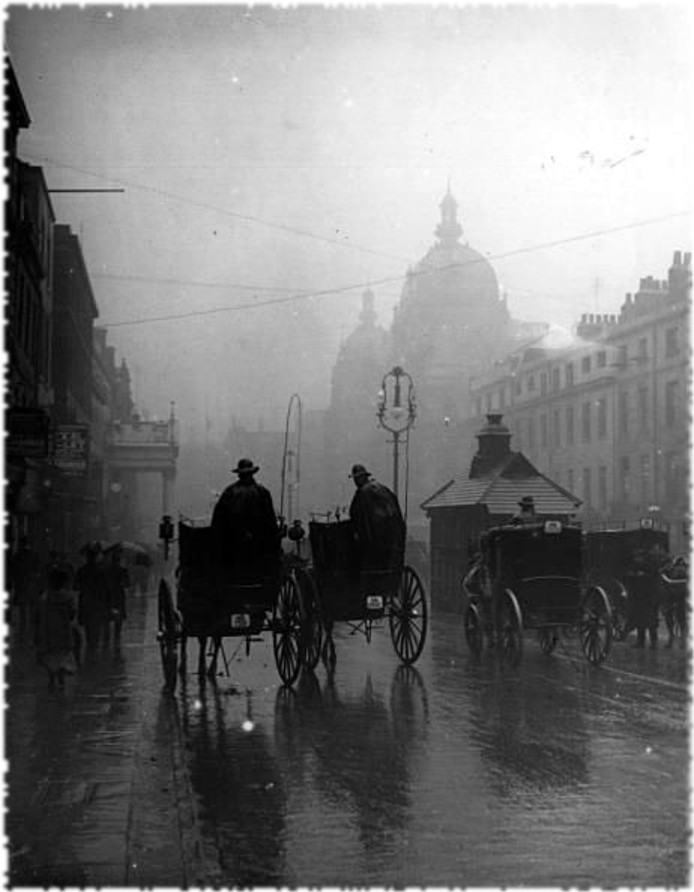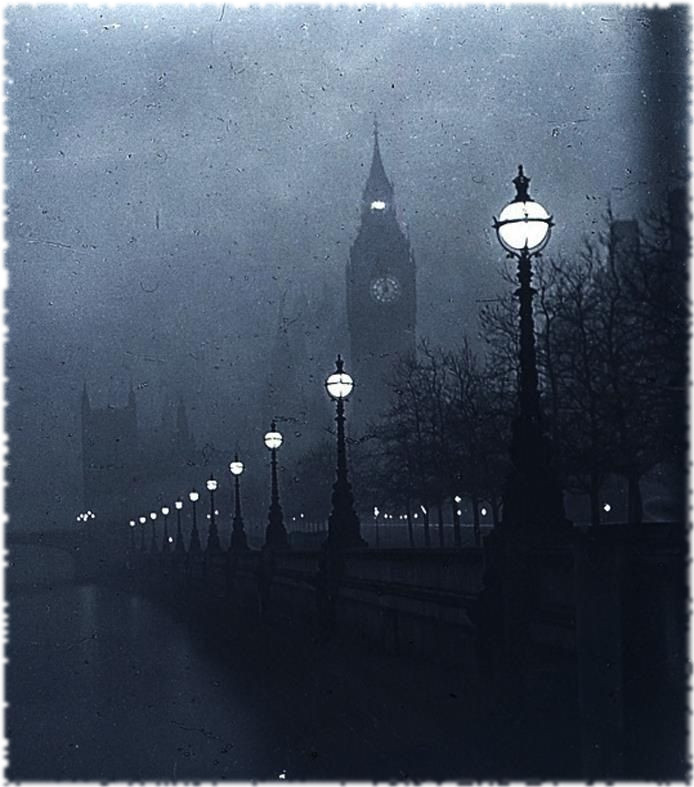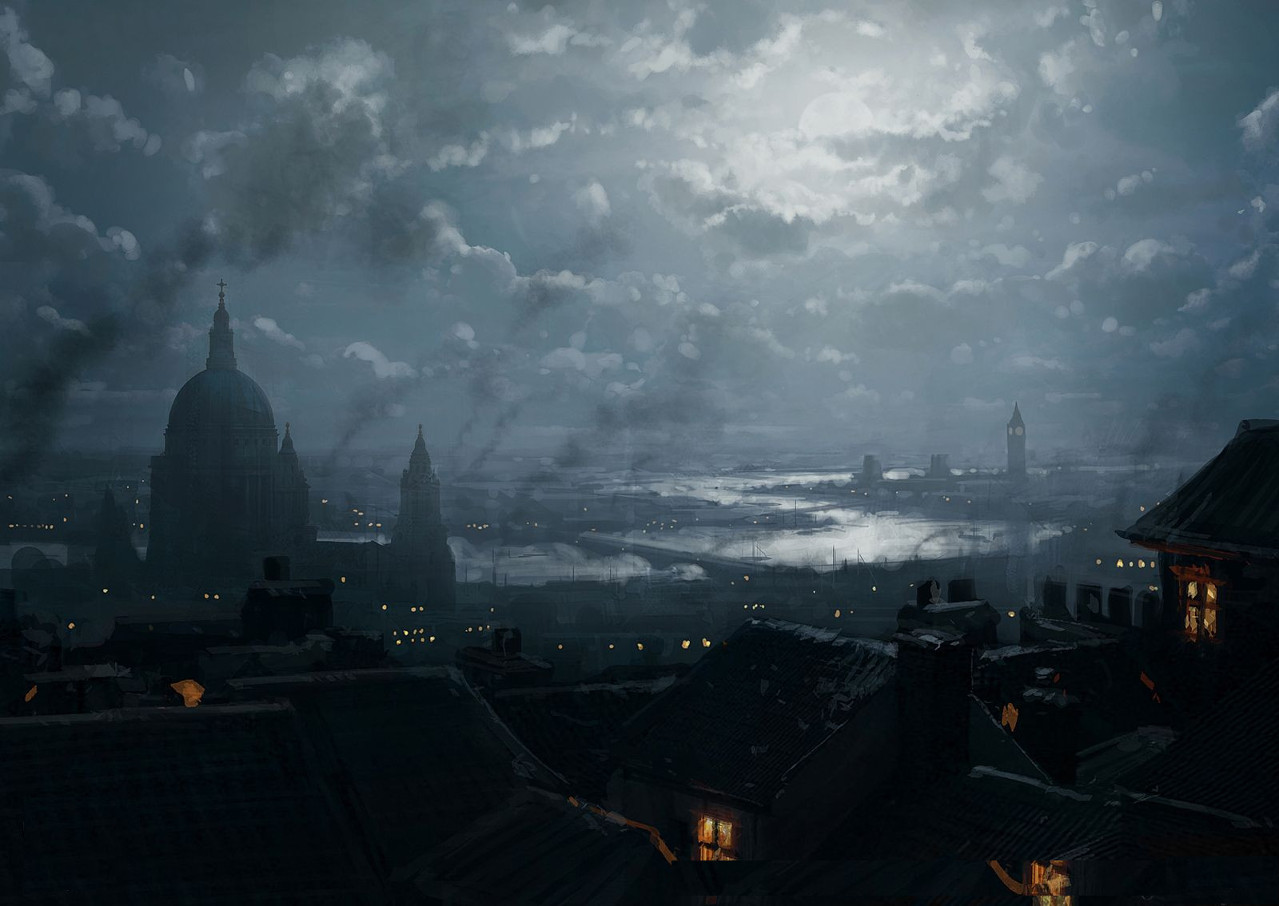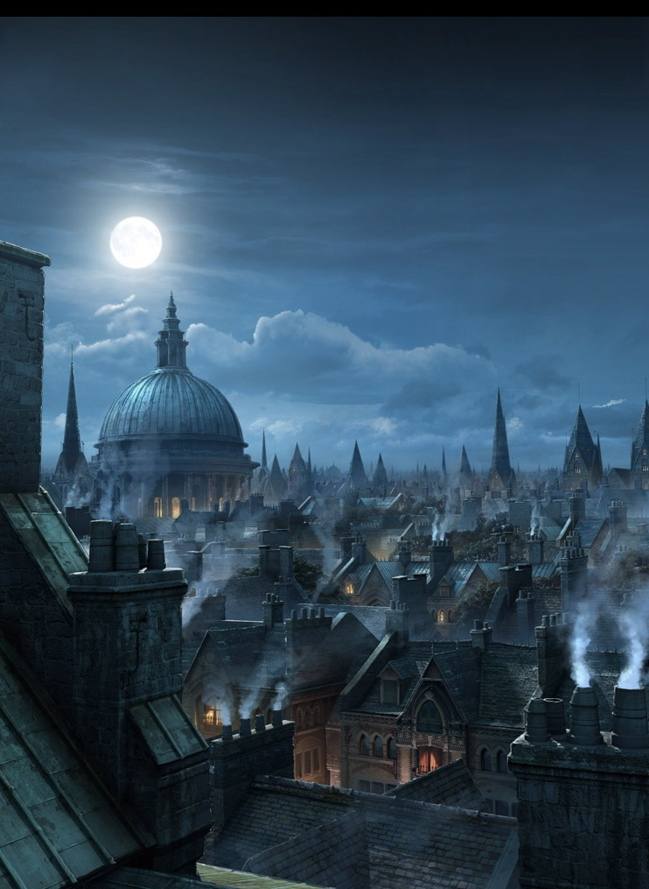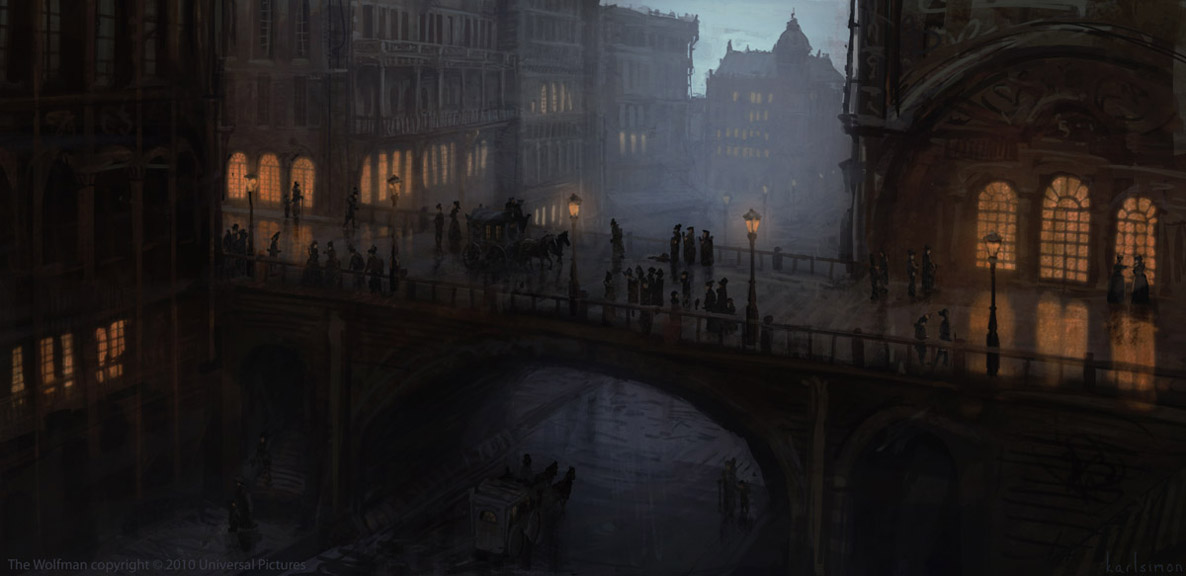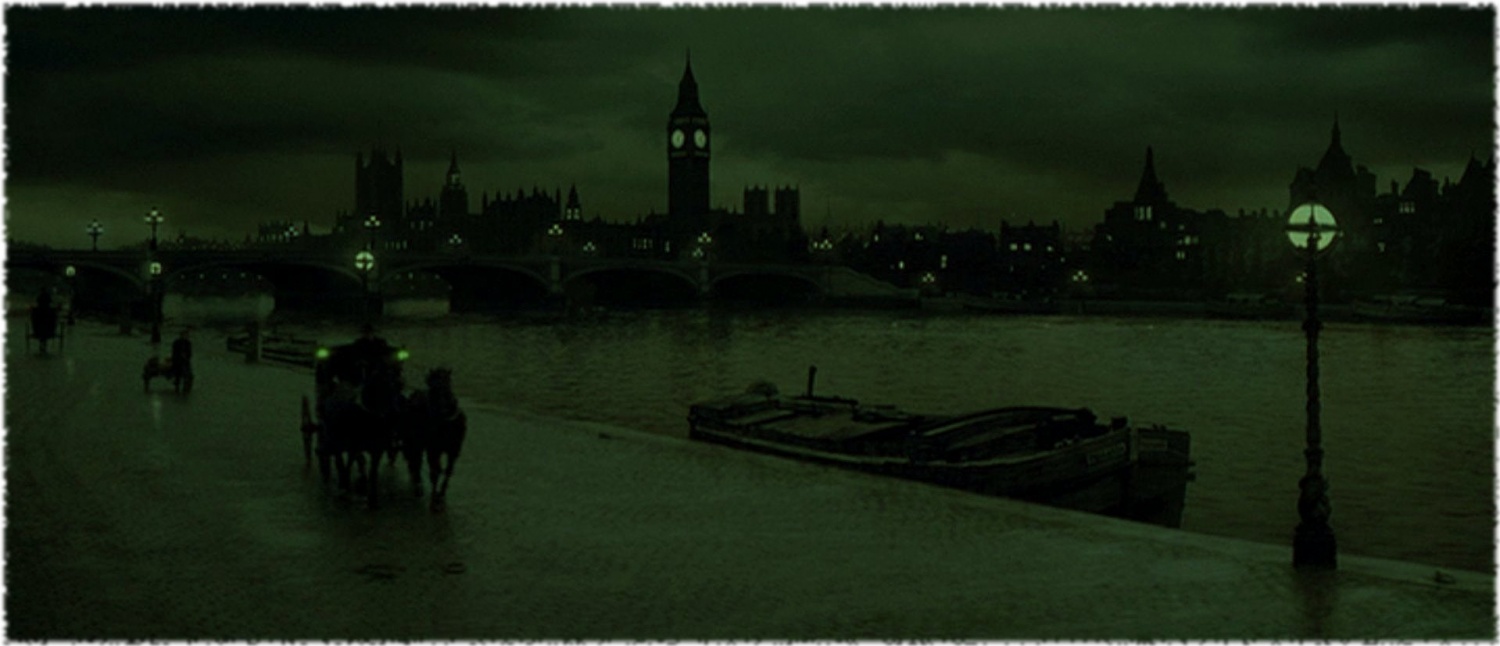Caer Ludein: Difference between revisions
(→Clubs) |
No edit summary |
||
| Line 1: | Line 1: | ||
;[[Avatar: The Godhead]] ~&~ [[Array of Loculi]] | ;[[Avatar: The Godhead]] ~&~ [[Array of Loculi]] ~&~ [[Avalon]] | ||
[[File:Victorian union jack.jpg|1200px]] | [[File:Victorian union jack.jpg|1200px]] | ||
<br> | <br> | ||
Revision as of 19:13, 18 March 2021
- Avatar: The Godhead ~&~ Array of Loculi ~&~ Avalon
Quote
You find no man, at all intellectual, who is willing to leave London. No, Sir, when a man is tired of London, he is tired of life; for there is in London all that life can afford.
-- Samuel Johnson, 1777
Appearance
Boroughs of London
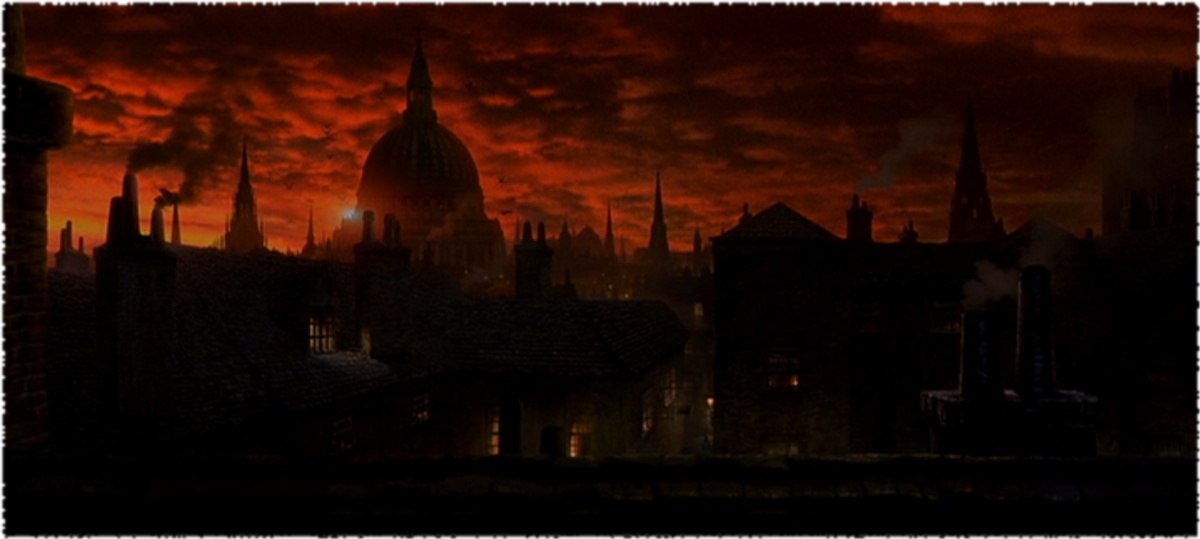
The administrative area of Greater London contains thirty-two London boroughs. Inner London comprises twelve of these boroughs plus the City of London. Outer London comprises the twenty remaining boroughs of Greater London.
Inner London
- City of London -- (A ceremonial city and county within Greater London, which is considered not a London borough.)
- City of Westminster
- Kensington and Chelsea
- Hammersmith and Fulham
- Wandsworth
- Lambeth
- Southwark
- Tower Hamlets
- Hackney
- Islington
- Camden
- Brent
Outer London
- Ealing
- Hounslow
- Richmond upon Thames
- Kingston upon Thames
- Merton
- Sutton
- Croydon
- Bromley
- Lewisham
- Greenwich
- Bexley
- Havering
- Barking and Dagenham
- Redbridge
- Newham
- Waltham Forest - The domain of the Tzimisce Anastasius
- Haringey
- Enfield
- Barnet
- Harrow
- Hillingdon
Near London
Animated 19th Century Map
https://booth.lse.ac.uk/map/13/-0.1227/51.4928/100/0
Climate
Economy
History
The Last Four Centuries -- A Short Read
During the Tudor period the Reformation produced a gradual shift to Protestantism, and much of London property passed from church to private ownership, which accelerated trade and business in the city. In 1475, the Hanseatic League set up its main trading base (kontor) of England in London, called the Stalhof or Steelyard. It existed until 1853, when the Hanseatic cities of Lübeck, Bremen and Hamburg sold the property to South Eastern Railway. Woolen cloth was shipped undyed and undressed from 14th/15th century London to the nearby shores of the Low Countries, where it was considered indispensable.
But the reach of English maritime enterprise hardly extended beyond the seas of north-west Europe. The commercial route to Italy and the Mediterranean Sea normally lay through Antwerp and over the Alps; any ships passing through the Strait of Gibraltar to or from England were likely to be Italian or Ragusan. Upon the re-opening of the Netherlands to English shipping in January 1565, there ensued a strong outburst of commercial activity. The Royal Exchange was founded. Mercantilism grew, and monopoly trading companies such as the East India Company were established, with trade expanding to the New World. London became the principal North Sea port, with migrants arriving from England and abroad. The population rose from an estimated 50,000 in 1530 to about 225,000 in 1605.
In the 16th century William Shakespeare and his contemporaries lived in London at a time of hostility to the development of the theater. By the end of the Tudor period in 1603, London was still very compact. There was an assassination attempt on James I in Westminster, in the Gunpowder Plot on 5 November 1605.
In 1637, the government of Charles I attempted to reform administration in the area of London. The plan called for the Corporation of the City to extend its jurisdiction and administration over expanding areas around the City. Fearing an attempt by the Crown to diminish the Liberties of London, a lack of interest in administering these additional areas, or concern by city guilds of having to share power, the Corporation refused. Later called "The Great Refusal", this decision largely continues to account for the unique governmental status of the City.
In the English Civil War the majority of Londoners supported the Parliamentary cause. After an initial advance by the Royalists in 1642, culminating in the battles of Brentford and Turnham Green, London was surrounded by a defensive perimeter wall known as the Lines of Communication. The lines were built by up to 20,000 people, and were completed in under two months. The fortifications failed their only test when the New Model Army entered London in 1647, and they were levelled by Parliament the same year.
London was plagued by disease in the early 17th century, culminating in the Great Plague of 1665–1666, which killed up to 100,000 people, or a fifth of the population.
The Great Fire of London broke out in 1666 in Pudding Lane in the city and quickly swept through the wooden buildings. Rebuilding took over ten years and was supervised by Robert Hooke as Surveyor of London. In 1708 Christopher Wren's masterpiece, St Paul's Cathedral was completed. During the Georgian era, new districts such as Mayfair were formed in the west; new bridges over the Thames encouraged development in South London. In the east, the Port of London expanded downstream. London's development as an international financial center matured for much of the 1700s.
n 1762, George III acquired Buckingham House and it was enlarged over the next 75 years. During the 18th century, London was dogged by crime, and the Bow Street Runners were established in 1750 as a professional police force. In total, more than 200 offenses were punishable by death, including petty theft. Most children born in the city died before reaching their third birthday.
The coffeehouse became a popular place to debate ideas, with growing literacy and the development of the printing press making news widely available; and Fleet Street became the center of the British press. Following the invasion of Amsterdam by Napoleonic armies, many financiers relocated to London, especially a large Jewish community, and the first London international issue was arranged in 1817. Around the same time, the Royal Navy became the world leading war fleet, acting as a serious deterrent to potential economic adversaries of the United Kingdom. The repeal of the Corn Laws in 1846 was specifically aimed at weakening Dutch economic power. London then overtook Amsterdam as the leading international financial center. In 1888, London became home to a series of murders by a man known only as Jack the Ripper and It has since become one of the world's most famous unsolved mysteries.
1888
Recent Events
City Chronicle Newspaper - September of 1888: From the early hours of Friday 31 August 1888 until the 10th of September that same year, the city of Caer Ludein (London) seemed to become the playground of an unholy killer who came to be known as Jake the Reaper. At just after three o'clock in the morning on that first Friday, an East End prostitute named Alicia Behrends was murdered in the stable-yard of Blake's Row in Witchapple. Behrends had last been seen alive approximately one hour before the discovery of her body by a Mez Alivia Gage, with whom she had previously shared a bed at a common lodging-house in Prawn Street, Spokenfields, walking in the direction of Witchapple Road. The murders of four other women: Rozanne Gardener, Meike Atkinson, Madeleine Cropper and Bonnie Victor in quick succession and the seeming inability of the city police to catch the killer led to fear in the streets and the birth of mobs of vigilantes bent on saving the city by stringing up every ne'er-do-well they could catch.
Citadel of the Crystal Palace -- Overworld of Caer Ludein: In the midst September of 1888, the pantheon of the New Gods was shattered in a single night of flames and retribution. While the cause of this catastrophe remains vague to the supernal, diabolical and mundane residents of Caer Ludein, however the results are quite clear.
Language of the Land -- Lingua Ignota

https://en.wikipedia.org/wiki/Lingua_Ignota
Location
Population
- -- City (5,137,908) - 1888 estimated
London was the world's largest city from c.1831 to 1925, with a population density of 325 people per hectare. London's overcrowded conditions led to cholera epidemics, claiming 14,000 lives in 1848, and 6,000 in 1866. Rising traffic congestion led to the creation of the world's first local urban rail network. The Metropolitan Board of Works oversaw infrastructure expansion in the capital and some of the surrounding counties; it was abolished in 1889 when the London County Council was created out of those areas of the counties surrounding the capital.
Arenas
Attractions
Bridges
- -- London Bridge
- -- Tower Bridge
Castles
- -- Banqueting House
- -- Buckingham Palace - The active residence of the British royal family.
- -- Hampton Court Palace - The western most castle, or rather palace of the royals in London, it is most famous for its association with Henry VIII who made it his primary residence. It is not a true castle, but is really a stately palace built in the late renaissance fashion.
- -- Kensington Palace - The favorite residence of the royals until they found favor with Buckingham, it is both a palace and park. It was also the preferred residence of Princess Diana before her death. It is a very popular tourist attraction.
- -- Kew Palace and Queen Charlotte's Cottage
- -- The Tower of London - The first and primary castle built by the Normans after their invasion, it has protected London for over 900 years. (demolished - 2031)
- -- Windsor Castle - Located on the edge of London, the castle serves as a secondary residence for the royals and is very popular tourist attraction.
Cemeteries
Historically, the cemeteries of London were inner city church-yards, that towards the end of the 17th century became increasingly overcrowded and the source of disease and epidemics. In response, seven new cemeteries were built to deal with this problem. Only Bunhill Fields Burial Ground is older, it was built as burial ground for non-conformists, religious or otherwise. Of the eight below, seven are famous, while Nunhead Cemetery seems to languish in ignominy.
The Famous Seven Cemeteries of London
- -- Kensal Green Cemetery -- Est.1832
- -- West Norwood Cemetery -- Est.1837 Seward
- -- Highgate Cemetery -- Est.1839
- -- Abney Park Cemetery -- Est.1840
- -- Brompton Cemetery -- Est.1840
- -- Nunhead Cemetery -- Est.1840
- -- Tower Hamlets Cemetery Park -- Est.1841
London's Other Cemeteries
- -- Bunhill Fields Burial Ground -- Est.1665
- -- Tottenham Cemetary
Churches
Clubs
- -- Brooks's
- -- Hellfire Club
- -- The Carlton
- -- The Marlborough
- -- The Reform Club
- -- Whites
- -- X-Club
Crime
Individual Criminals
- -- Jake the Reaper -- A serial killer still on the loose (as far the authorities and the public at large are aware...)
Opium Dens
Victorian London's reputation as a center of opium smoking is based on the belief of literary fiction over historical fact. The London press, along with popular British authors of the day, were fond of portraying London's Limehouse district as an opium-drenched pit of danger and mystery. In fact, London's Chinese population never exceeded the low hundreds, in large contrast to the tens of thousands of Chinese who settled in North American Chinatowns. In the mid-1880s, Chinatowns started to form in London and Liverpool with grocery stores, eating houses, meeting places and, in the East End, Chinese street names. In 1891, the Census recorded 582 Chinese-born residents in Britain, though this dropped to 387 in 1896. 80% were single males between 20 and 35, the majority being seamen. Companies began to export opium from India to China, selling the drug to raise the money to buy shipments of tea. This was against the law and angered China's authorities. In 1839, war broke out between Britain and China over the opium trade. Britain defeated China and under the terms of the Treaty of Nanking in 1842, Hong Kong became a British colony. In 1857, the Second Opium War resulted in the unequal Treaties of Tianjin which included a clause allowing Britain and France to recruit Chinese to the British Colonies, North America, South America, and Australia as cheap labor. However, Britain did not recruit as many workers as North America, where the Chinese were employed on the construction of the Transcontinental Railroad, and where many Chinese immigrated in search of fortune during the gold rush, thus the Chinese communities were much smaller in Britain.The Chinese immigrants to London often arrived in the East London ports by boat, such as the Blue Funnel Line. Most of them were seamen, and many would have settled in only a few select streets. When jobs on the docks and on boats dried up, many Chinese turned to other businesses, such as the restaurants or laundries.
In the 1860s, "Dark England" with its opium dens in London's East End was described in popular press and books, various individuals and religious organizations began to campaign against unrestricted opium trafficking. At Pennyfields there was a Christian Mission for the Chinese and a Confucian temple. At Limehouse Causeway there was the famous Ah Tack's lodging house. There was much prejudice against the East End Chinese community, with much of it initiated by the writings of Thomas Burke and Sax Rohmer. Both of these men wrote about the Chinese community. Burke and Ward exaggerated the Chinese community's true size and made much mention of gambling, opium dens, and "unholy things" in the shadows. A character from Charles Dickens' last novel, The Mystery of Edwin Drood (1870) sets the scene: "O my poor head! I makes my pipes of old penny ink-bottles, ye see, deary – this is one – and I fits-in a mouthpiece, this way, and I takes my mixter out of this thimble with this little horn spoon; and so I fills, deary. Ah, my poor nerves!"
Dickens is famous for his portrayal and caricature of nineteenth-century London. So it is significant that he has immortalized this opium den in east London, identifying it as part of the fabric-weave of Victorian London. The establishment "run by the Chinaman" described in The Mystery of Edwin Drood, was based on a real opium den. It was run by Ah Sing, or John Johnston as he was known to his clients, an immigrant from Amoy in China. Rare photographs of the Chinese opium scene in East London do exist. A photograph held at the Science Museum in London shows two Chinese women outside Ah Sing's opium den. Ah Sing was a smoker himself and it was claimed that only he had the "true secret of mixing opium ... with an eye to business". His secret evidently brought him much success, as his den was frequented by the local Chinese sailors on a break from working on the ships, but also others. Some of the literary elite of the time including Arthur Conan Doyle (see "The Man with the Twisted Lip") and Dickens himself visited the area, although whether they themselves took up the "pipe" has remained undisclosed. Ah Sing's opium den was probably the most famous of the dens in Victorian London, attracting gentlemen from the very elite of London's high society.
In 1868, the Pharmacy Act recognized dangerous drugs and limited their sale to registered chemists and pharmacists, but until the end of the nineteenth century few doctors and scientists warned about the dangers of drug addiction. When the small number of opium dens gradually declined in London, following crackdowns from the authorities, individuals like Ah Sing were forced to move from their properties, and had to find alternative ways of making a living. In his latter days, it was said that he continued to smoke, despite finding religion. He did eventually manage to give up opium smoking, though only days before he died around 1890, aged 64. He is now buried in Bow Cemetery.
Organized Crime
London was the first city noted to have a major problem with criminal gangs, followed thereafter by American cities such as New York City, Chicago and Los Angeles. A number of street gangs were present in London during the 20th century, many in the East End, often referred to as Mobs, including The Yiddishers, Hoxton Mob, Watney Streeters, Aldgate Mob, Whitechapel Mob, Bethnal Green Mob and the organized Italian Mob headed by Charles Sabini. The history of these gangs is well documented in "London's Underworld: Three centuries of vice and crime".
The Pall Mall Gazette released a research report on gangs and crime in England in 1888, they discuss the downfall and dissolution of a gang called "The Skeleton army" a few years before hand and include a collection of 9 gangs and their respective territories, gathered from contemporary police reports, which are as follows:
| Gang Name | Territory |
|---|---|
| The Marylebone Gang | Lisson Grove. |
| The Fitzroy Place Gang | Regent's Park. |
| The Monkey Parade Gang | Whitechapel. |
| The Black Gang | Union Street, Borough. |
| The New Cut Gang | The New Cut, Lambeth. |
| The Greengate Gang | City Road. |
| The "Prince Arthur" Gang | Duke Street, Blackfriars. |
| "The Gang of Roughs" | Norwood. |
| The Jovial Thirty-Two | Upper Holloway. |
Citizens of London
In Caer Ludein (London) the genders are distinguished by Mer (male) and Mez (female).
Alienists
- ~ Dr.Pearce Hightower -- Attending physician at Bethlehem Royal Hospital
- ~ Dr.Sands -- A visiting physician who committed: Morpheus, Goda, and Drusus
Cults
- ~ Trógon tou Thanátou -- Death Cult
Cultists of Morpheus
- ~ Sydney Hillam -- A young governess with aspirations
- ~ Wayne Hayward -- Son of a wealthy Middle class merchant
- ~ Xanthia Bond -- Daughter of a Minister of Government
- ~ Thaddeus Hobbes -- A young man and artist found at the House of Truth
Cultists of Mors
- ~ Dr.Louisa Pearce -- Physician & Resurrectionist
Cultists Cercyon
- ~ Clair Snell -- Heir to a Chemical Company
- ~ Breanna Kipling -- Daughter of a Shipping Magnate
- ~ Grant Munson -- Son of a Firearms Family
Common Citizens
- ~ Petrus Raskopf -- Street Urchin --
- ~ Sunday Glass -- Matchstick Girl --
- ~ Wilford Ayton -- Freelance Photographer --
- ~ Lucian Lamar -- Reporter London's Telltale Newspaper
- ~ Burkhard Merrill -- Investigator for the City Police
- ~ Storm Moore -- Proprietor of the Club
- ~ Saxon Bray -- Detective
Others
- ~ Dorian Gray --
Secret Societies
- ~ Knight Watch -- A vigilante group that patrols the streets at night in their quest to catch and kill Jake the Reaper. They are often organized into small mobs called Orders who take turns patrolling the streets of the Est End. There are seven such orders, one for each night of the week.
- ~ Labor Society -- A recently formed union of workers protesting the unjust labor practices of the newspaper guild.
Victims
- ~ Alicia Behrends -- A simple whore, enslaved to the bottle and doomed to die beneath the blade of The Ripper. - [Died: August 31, 1888 (8:03 PM)]
- ~ Rozanne Gardener -- An old whore well past her prime, but still fresh enough for The Ripper's Blade, and Jack's third victim. - [Died: ]
- ~ Meike Atkinson -- A beautiful young prostitute with ambitions, but fated to be The Ripper's second victim. - [Died: ]
- ~ Madeleine Cropper -- - [Died: ]
- ~ Bonnie Victor -- - [Died: ]
Current Events
Financial Institutions
Galleries

London is one of the most populous cities in Europe and indeed the world, thus, it comes as no surprise that it is a center of art and culture with literally hundred, perhaps thousands of art galleries. As beauty lies in the eyes of the beholder, and there are over 14 million such beholders in London, galleries and what passes for them literally litter the city. Depending on your taste, the quality and quantity of London's art scene varies from night to night, and only a true aficionado would be able to delve the glamorous showroom extravaganzas, glitzy parties showings and cold-water flat revivals to separate the dross from that sublime perfection called art. What follows is a select sampling of London's most famous and enduring art showrooms, some have survived for decades, others for centuries and some may be more immortal than the Kindred who frequent them.
- -- Barbican Art Gallery: Part of the Barbican Centre for arts and conferences, and one of two galleries at the Barbican. The Gallery has a changing programme of major photography, fine art and design exhibitions. Admission charges for exhibitions vary.
- -- Hayward Gallery: Hayward Gallery, part of Southbank Centre on the South Bank of the Thames, has a long history of presenting work by the world’s most adventurous and innovative artists. In addition to putting on major exhibitions and commissioning new artworks in the gallery, the Hayward also organizes projects, installations and talks inside and outside other venues across Southbank Centre. It is the only gallery in the world created in the Brutalist style of architecture – a striking concrete form that Londoners either love or hate. Hayward Gallery has hosted striking exhibitions by Antony Gormley, Dan Flavin, Roy Lichtenstein, Tracey Emin as well as surveys of the Arts Council Collection.
- -- Museum of Contemporary Art: The Museum of Contemporary Art, formerly the Saatchi Gallery was established by Charles Saatchi in 1985. It is well known for controversial contemporary pieces of art and displays of work by relatively unknown artists. In 1992 it held the Young British Artists shows, a fixture for several years where Damien Hirst and Tracey Emin rose to fame. These shows featured Hirst’s famous pickled animals and coloured spots, and Emin’s unmade bed and tent (which was destroyed in a fire in 2006). The gallery was originally housed on Boundary Road, St John’s Wood, and moved to County Hall, Westminster in 2003. Its current site is at the Duke of York’s Headquarters where it has been since 2008. In 2012 the gallery was given to the public and was renamed to the Museum of Contemporary Art.
- -- National Gallery: The National Gallery displays over 2000 Western European paintings from the middle ages to the 20th century. Discover inspiring art by Botticelli, Leonardo da Vinci, Rembrandt, Gainsborough, Turner, Renoir, Cezanne and Van Gogh. The pictures in the collection belong to the public and admission to see them is free. There are special exhibitions, lectures, video and audio-visual programmes, guided tours and holiday events for children and adults.
- -- National Portrait Gallery: The National Portrait Gallery houses the world’s largest collection of personalities and faces, from the late Middle Ages to the present day. Visitors come face to face with the people who have shaped British history from kings and queens to musicians and film stars. Artists featured range from Holbein to Hockney and the collection includes work across all media, from painting and sculpture to photography and video. As well as the permanent displays, the National Portrait Gallery has a diverse programme of exhibitions and free events and a stunning rooftop restaurant with spectacular views across the London skyline.
- -- Royal Academy of Arts: The Royal Academy of Arts, founded in 1768, is the oldest fine arts institution in Britain. Situated in the heart of London's West End on Piccadilly, it is universally renowned for hosting some of the capital's finest temporary and touring exhibitions. Its annual Summer Exhibition, running since the institution first opened, displays select work from up and coming artists and by academicians.
- -- Serpentine Gallery: One of London's best-loved contemporary art galleries, with a programme of modern and contemporary art exhibitions from Andy Warhol to Piero Manzoni, Cindy Sherman and Chris Ofili. Admission free, architectural pavilion with cafe during the summer and an art bookshop in the gallery.
- -- Somerset House: Somerset House is a spectacular neo-classical building in the heart of London, sitting between the Strand and the River Thames. During summer months 55 fountains dance in the courtyard, and in winter you can skate on London's favourite ice rink. Somerset House also hosts open-air concerts and films, contemporary art and design exhibitions, family workshops and free guided tours of spaces usually hidden to visitors.
- The mission of Somerset House Trust is to conserve and maintain Somerset House to the highest standards and to develop the site as a public space which is universally recognized as a world class visitor attraction and center of excellence for culture and the arts.
- -- Tate Britain: London's Tate Britain holds the largest collection of British art in the world from 1500 to the present day. You'll find masterpieces by Gainsborough, Hogarth, Millais, Whistler, as well as outstanding modern and contemporary artists such as Francis Bacon, Lucian Freud, and Damien Hirst. We also have the largest collection of works by JMW Turner in the world.
- -- Tate Modern: A visit to London isn't complete without a trip to Tate Modern. Britain's national museum of modern and contemporary art from around the world is housed in the former Bankside Power Station on the banks of the Thames. The awe-inspiring Turbine Hall runs the length of the entire building and you can see amazing work for free by artists such as Cézanne, Bonnard, Matisse, Picasso, Rothko, Dalí, Pollock, Warhol and Bourgeois.
- -- Whitechapel Art Gallery: For more than a century the Whitechapel Gallery has premiered world-class artists from modern masters such as Pablo Picasso, Jackson Pollock, Mark Rothko and Frida Kahlo to contemporaries such as Sophie Calle, Lucian Freud, Gilbert & George and Mark Wallinger.
- With beautiful galleries, exhibitions, artist commissions, collection displays, historic archives, education resources, inspiring art courses, dining room and bookshop, the Gallery is open all year round, so there is always something free to see.
- The Gallery is a touchstone for contemporary art internationally, plays a central role in London’s cultural landscape and is pivotal to the continued growth of the world’s most vibrant contemporary art quarter.
Government
Hospitals
- -- Bethlem Royal Hospital -- AKA: Bedlam -- An ancient sanitarium for the insane.
- -- Great Ormond Street Hospital for Children --
- -- London Bridge Hospital --
- -- Moorfields Eye Hospital --
- -- Royal Free Hospital --
- -- St. Thomas' Hospital -- Located across the river from Parliment
- NHS Trust hospital in Hampstead. The trust offers a major accident service, all branches of surgery and medicine, paediatrics, maternity services, care of the elderly services and an adolescent psychiatric service.
- NHS Trust incorporating St George's Hospital in Tooting, Bolingbroke Hospital in Battersea and the Wolfson Centre for neurorehabilitation in Wimbledon.
- -- The Cromwell Hospital --
- Independent hospital in Kensington specialising in radiotherapy and oncology, liver disease, the Neurosciences and cardiothoracic disorders.
- -- The Harley Street Clinic --
- Oncology unit and acute care hospital also specialising in adult and paediatric cardiac surgery.
- -- The Lister Hospital --
- Private hospital in the heart of Chelsea.
- -- The Portland Hospital --
- London's only private hospital dedicated entirely to women and children.
- Private hospital and acute care facility situated in the heart of Marylebone.
- Leading independent cancer centre specialising in cancer diagnosis, treatment and research.
- -- St Ann's Hospital -- Insane Asylum --
- -- The Wellington Hospital --
- Large purpose-built private hospital located in St John's Wood.
Hotels & Hostels
- -- Claridge's - Mayfair - Est.1812 (as Mivart's Hotel)
- -- Langham Hotel - Marylebone - Est.1865
- -- Mariner's Inn -
- -- The Savoy Hotel - The Strand - City of Westminster - Est.1889
Hunters
Landmarks
- -- Big Ben
- -- Cleopatra's Needle (London 1888)
- -- Freemasons Hall (London) (https://en.wikipedia.org/wiki/Freemasons%27_Hall,_London)
- -- Kensington Palace
- -- Palace of Westminster 1888
- -- St. Paul's Cathedral
- -- The Ley Convergence of London
- -- The Tower of London
- -- Westminster Abbey
Monasteries
- -- Curzon Park Abbey - is one of three monasteries of nuns in the English Benedictine Congregation.
- -- Ealing Abbey - is a Roman Catholic Benedictine monastic foundation on Castlebar Hill in Ealing. It is part of the English Benedictine Congregation.
Monuments
Museums
- -- The British Museum -- Great Russell Street - Bloomsbury - Borough of Camden - Est.1753
Objects of Mystery
- ~ Glass Knife --
- ~ Victorian Loculus -- aka: The Butterfly Box
Parks
Private Residences
Pubs
- -- Cittie of Yorke
- -- Gordon's Wine Bar
- -- Lamb & Flag
- -- The Blind Beggar
- -- The Dove
- -- The George Inn
- -- The Mayflower
- -- The Spaniards Inn
- -- The Ten Bells
- -- The World's End
- -- Ye Olde Cheshire Cheese
Restaurants
Ruins
Schools
Shops
Supernaturals of Caer Ludein
Avatars
Creatures of the Downside
Black dog – Often said to be associated with the Devil, and its appearance was regarded as a portent of death. It is generally supposed to be larger than a normal dog, and often has large, glowing eyes. It is a common feature of British Isles and Northern European folklore.
Boggart – A boggart is, depending on local or regional tradition, either a household spirit or a malevolent genius loci inhabiting fields, marshes or other topographical features. The household boggart causes things to disappear, milk to sour, and dogs to go lame. Always malevolent, the boggart will follow its family wherever they flee. In Northern England, at least, there was the belief that the boggart should never be named, for when the boggart was given a name, it would not be reasoned with nor persuaded, but would become uncontrollable and destructive.
Brownie – In folklore, a brownie is a type of hob, similar to a hobgoblin. Brownies are said to inhabit houses and aid in tasks around the house. However, they do not like to be seen and will only work at night, traditionally in exchange for small gifts or food. Among food, they especially enjoy porridge and honey. They usually abandon the house if their gifts are called payments, or if the owners of the house misuse them. Brownies make their homes in an unused part of the house.
Chime hours – According to English folklore, those born at certain hours could see ghosts.
Countless stones – Associated with megalithic monuments
Corn dolly – Corn dollies are a form of straw work made as part of harvest customs of Europe before mechanization. Before Christianization, in traditional pagan European culture it was believed that the spirit of the corn lived amongst the crop, and that the harvest made it effectively homeless.
Cunning folk – The term "cunning man" or "cunning woman" was most widely used in southern England and the Midlands, as well as in Wales. Such people were also frequently known across England as "wizards", "wise men".
Dragons - Giant winged reptiles that breathe fire or poison. There are many dragon legends in England. Somerset and the North East being very rich.
Drake's Drum – Shortly before he died, Drake ordered the drum to be taken to Buckland Abbey, where it still is today, and vowed that if England was ever in danger someone was to beat the drum and he would return to defend the country. According to legend it can be heard to beat at times when England is at war or significant national events take place.
Dwarfs- a dwarf is a human-shaped entity that dwells in mountains and in the earth, and is variously associated with wisdom, smithing, mining, and crafting.
Elves --
Ettin --
English Country Dance – English Country Dance is a form of folk dance. It is a social dance form, which has earliest documented instances in the late 16th century.
Flibbertigibbet -- A talkative person or crazy person.
Four Winds – Shown on old maps they are usually shown as faces blowing out wind from their mouths. There are generally 4 of them (North Wind, South Wind, East Wind and West Wind) although in some cases only 2 are shown and in others the whole outside of the map has been surrounded by smaller heads with 4 larger ones.
Hag Stone -- Hag Stone is a type of stone, usually glassy, with a naturally occurring hole through it. Such stones have been discovered by archaeologists in both Britain and Egypt.
Herne the Hunter --
Legend of the Mistletoe Bough – The Legend of the Mistletoe Bough is a ghost story which has been associated with many mansions and stately homes in England.The tale tells how a new bride, playing a game of hide-and-seek during her wedding breakfast, hid in a chest in an attic and was unable to escape. She was not discovered by her family and friends, and suffocated. The body was allegedly found many years later in the locked chest.
Lob – The lubber fiend, Lob, lubberkin, lurdane or Lob Lie-By-The-Fire was a legendary creature of English folklore that was similar in attributes to the "brownie". He is typically described as a large, hairy man with a tail, who performs housework in exchange for a saucer of milk and a place in front of the fire. One story claims he is the giant son of a witch and the Devil.
Maypole / Maypole dance / May Queen --
Oak Apple Day --
Ogres (or Trolls)
Parish Ale --
Petrifying well --
Rabbit rabbit rabbit --
Redcap -- A groups of trolls, gobins, and even ugly elves with red caps.
Reynardine --
Robin Goodfellow -- is a troublesome elf or hobgoblin
Sin-eater - a person who would "eat" the sins of a recently deceased person and take them upon themselves so that the deceased could go directly to heaven. This custom existed in many parts of England, but particularly in the Marches.
Saint Swithun – English weather lore
Standing stones and chalk figures are the focus for folktales and beliefs.
Tom Thumb --
Wandering Jew --
Well dressing – An ancient practice of decorating wells in the Peak District and surrounding areas.
Wild Hunt - See: Herne the Hunter
Will-o'-the-wisp -- A folk explanation of strange lights seen around marshes and bogs.
Wyvern – Smaller relatives of dragons with two legs rather than four.
London by Night
https://en.wikipedia.org/wiki/English_folklore
House of Truth
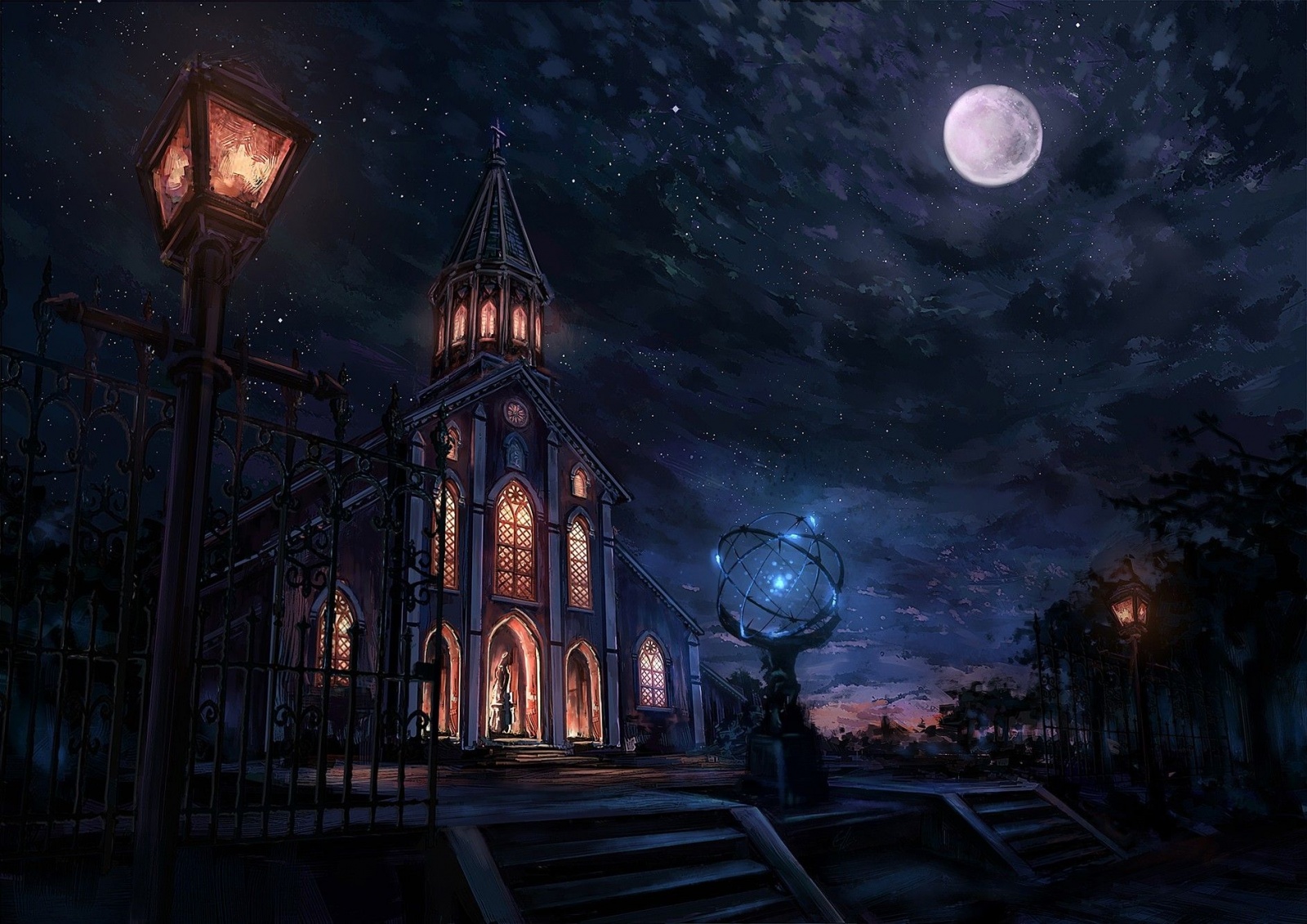
The House of Truth has only existed since 1859. Originally it was a church dedicated to Saint Arnold Potter. Arnold Potter was a Schismatic Latter Day Saint leader; he claimed the spirit of Jesus Christ entered into his body and he became "Potter Christ" - Son of the living God. He died in an attempt to "ascend into heaven" by jumping off a cliff. His body was later retrieved and buried by his followers.
Since St.Potter's ascension the church was auctioned off to pay his cult's numerous debts and the church was bought by a private corporation with scholarly overtones and occult leanings. By 1860 all mention of the building and the details of its location had vanished from all public records.
Tonight the House of Truth serves as the private gathering place for the Hellfire Club. Here within the Gothic confines the elite membership of the Hellfire Club can explore every imaginable depravity without being subject to legal or social repercussions. As secrecy is sacrosanct, one cannot even know the location of the House of Truth, but must be led there insensate or stupefied if one is not a christened member.
Membership is exclusive and very expensive, both financially and spiritually, for in order to be a christened member, one must have sacrificed a ceremonial victim or experimental subject in one's quest for truth. Luckily, attending certain ceremonies and experiments is possible if vouched for by a longstanding member. On such occasions, all members are disguised by masks and sometimes costumes, and guests are often asked to participate in peripheral ways to ensure their legitimate interest in matters mysterious.
DIUELIZ -- [DI-wil-lz]
The House of Truth has a priesthood of sorts, the Diueliz, who live upon the premises and officiate all ceremonies and experiments. Unlike male dominated faith of Christianity, the Diueliz can be either male or female and there is no hierarchy or station among them, all Diueliz are equals. Since the founding of the House of Truth there have always been three Diueliz. The current trio of clerics have served the Hellfire Club since it acquired the House of Truth and each has their own mysterious specialties and lore that they will reveal if the seeker is true and the offering titillates them.
- ~ [[]] -- Jael Dilfiri -- Lady Avis Horsfall
- ~ [[]] -- Hizkiah Meiesfeshcila -- Sir Kaden Gardiner
- ~ [[]] -- Raizel Khafra -- Miss Valarie Martel
Websites
https://www.youtube.com/watch?v=dtRiMS34KxQ
